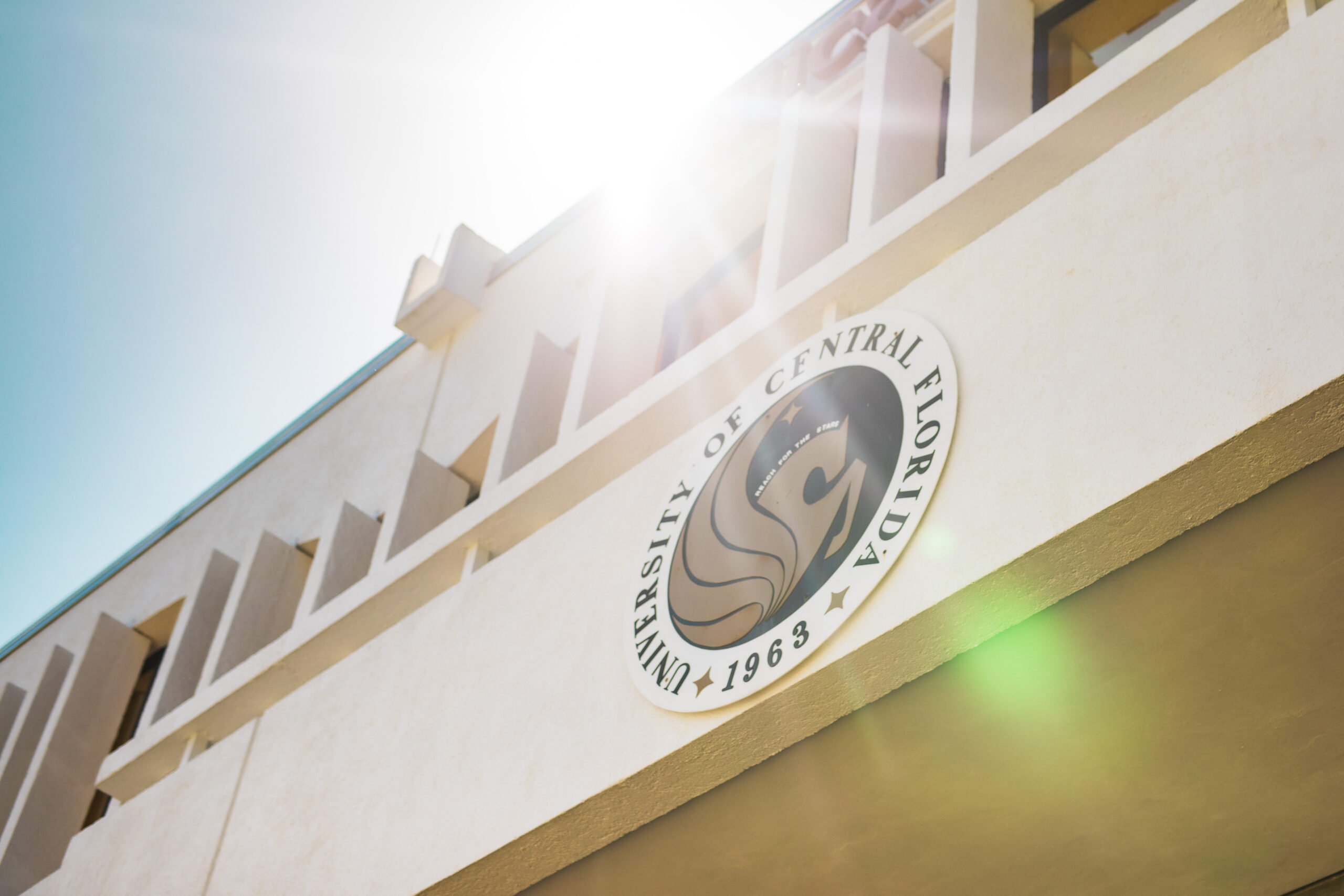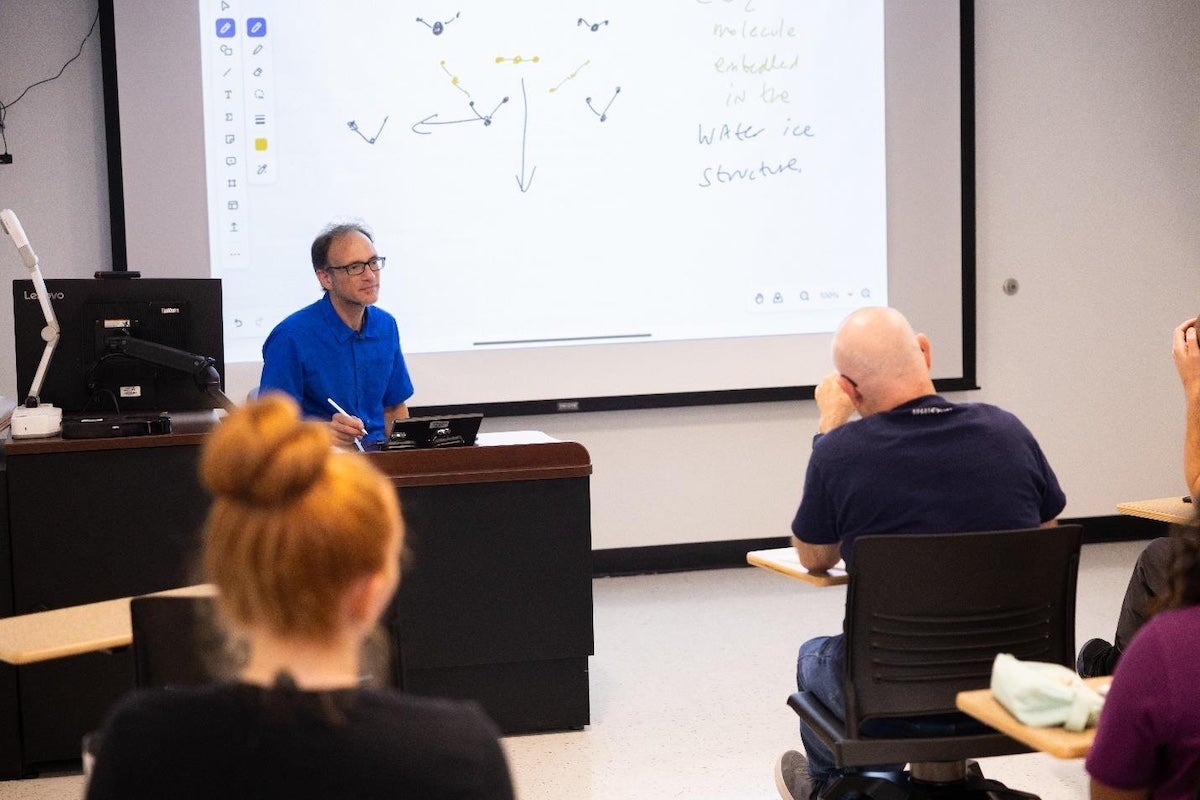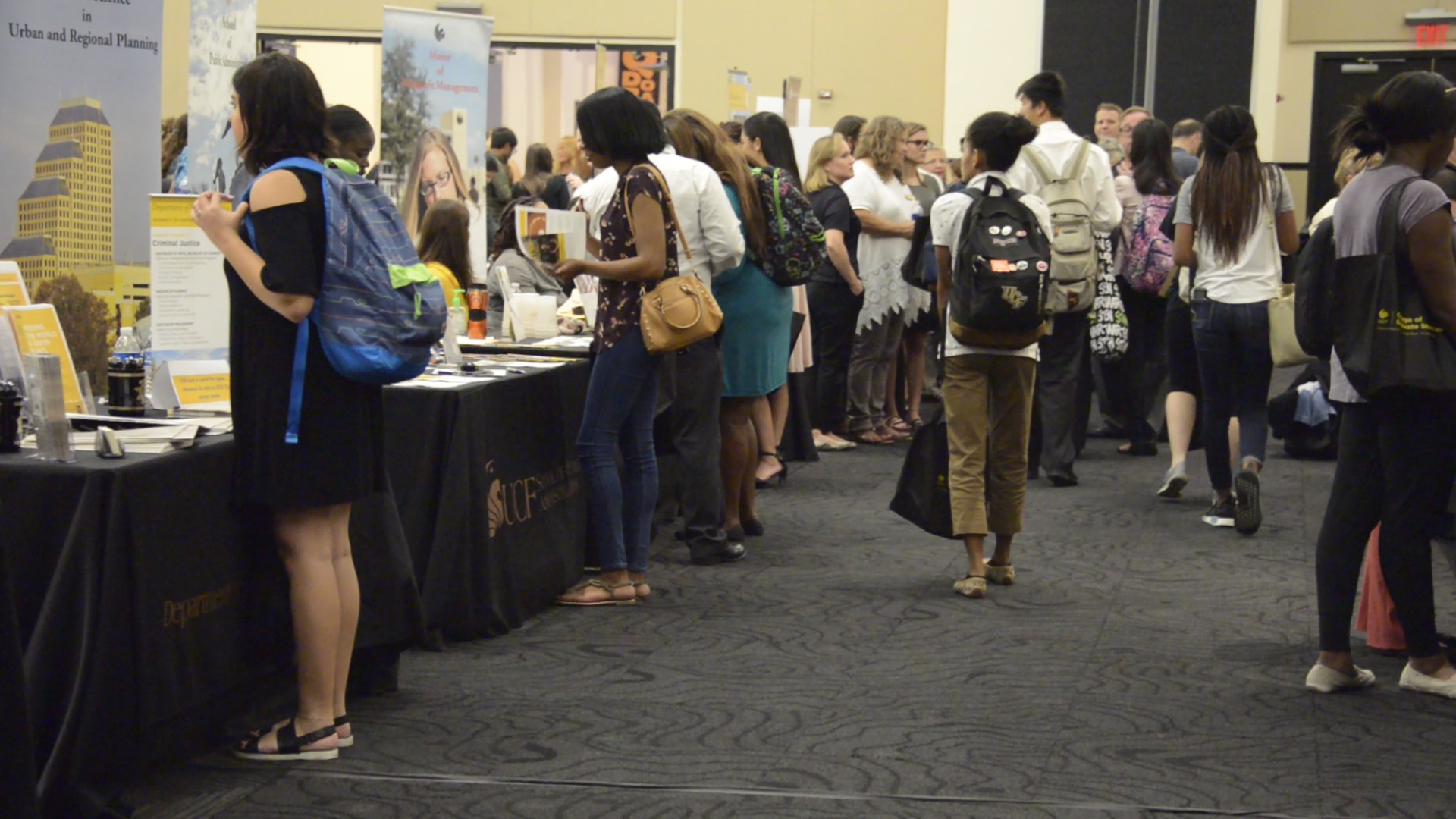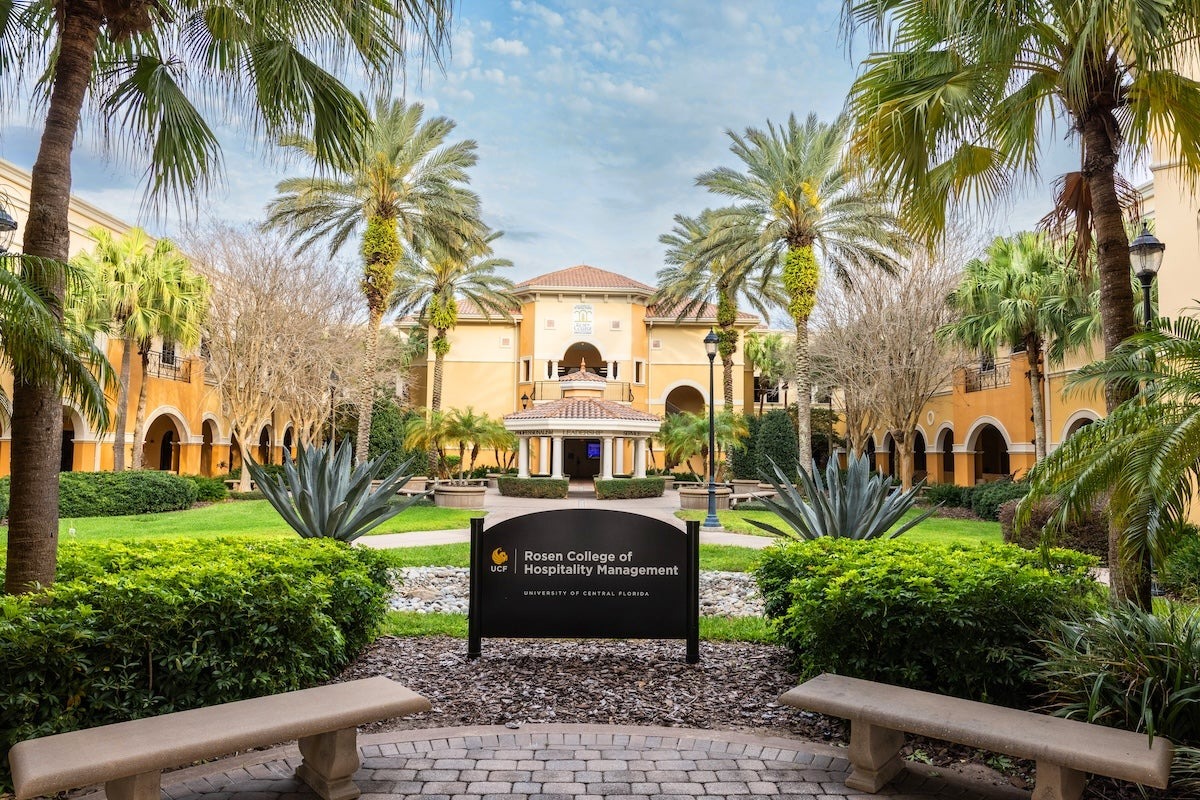UCF, FAU, and Coast Guard Team up to get Endangered Sea Turtles Home
Florida Atlantic University and the University of Central Florida teamed up with the U.S. Coast Guard to take some endangered sea turtles into the ocean where they belong.
With the COVID-19 pandemic closing or severely limiting everything from beaches to lab activities at universities, researchers got creative to make sure three six-month old green turtles made it to the ocean.
The female sea turtles were the last batch of the 2019 hatchlings at FAU Marine Laboratory at the Gumbo Limbo Environmental Complex in Boca Raton, FL. The sea turtles were given special “seats” for their journey aboard a 33-foot Special Law Enforcement boat on Friday. Personnel on routine duties followed FAU biology Professor Jeanette Wyneken’s instructions and released the sea turtles into the water 17 to 18 miles off shore from the Fort Lauderdale in the Atlantic Ocean’s Gulf Stream.
The release and monitoring of the sea turtles are part of a long-time collaboration between FAU’s Wyneken and UCF biologist and associate professor Kate Mansfield. They developed the methods for tracking little, oceanic sea turtles using solar-powered satellite tags. These threated green turtles are part of a larger green turtle tracking project that started several years ago. Data from this project are helping the community understand where the baby green turtles go in the North Atlantic.
“With the green turtle nesting on the rise along the east coast of Florida, it is important to understand where the young turtles go after leaving their natal beaches so we can better conserve their nursery habitats and help ensure the long-term success of their population recovery,” Mansfield said.
Green turtles normally travel offshore as hatchlings and stay in those waters for several years before returning to the coastal reefs and estuaries where they find feeding areas with nutrient-rich algae and seagrass beds. Green sea turtles are rarely observed in the open ocean and very little is known about where they go once they enter the sea as hatchlings until they reappear as large juveniles or adults in waters closer to the coastline.
“This year, the ocean has remained exceptionally warm,” said Wyneken, a professor of in FAU’s Charles E. Schmidt College of Science, who worked with nine FAU directed independent-study students and Emily Turla, a technician in her laboratory on the care and release of the hatchlings. “Among other things, warmer ocean temperatures may affect where these sea turtles’ offshore habitats are located. We are hoping to get a hint about the effects of warmer temperatures on their offshore behavior.”
Mansfield programmed the satellite tags to transmit the sea turtles’ location for the March release. She received the first set of coordinates from the swimming turtles and expects to continue to receive signals for up to 70 days.
“Our satellite tags are transmitting well and the turtles appear to be traveling in the Gulf Stream, on the edge of the Continental Shelf,” said Mansfield. “This track is similar to the immediate post-release tracks of all the other little green turtles that Jeanette and I have previously tracked as part of this same project.”
Meanwhile, Wyneken is thrilled that the sea turtles made it into the water because now she and her home-bound marine biology students can study their patterns in real-time.
The need to keep students and researchers safe during the COVID-19 pandemic necessitated Mansfield to cancel her summer internship program, which supports UCF’s 30-year study of sea turtle nests on the East Coast of Florida. However, a scaled down team is continuing the count while following social distancing protocols.
Mansfield and her team also continue to work on a separate project in the Gulf of Mexico (funded as part of the Florida Restore Act Centers of Excellence Program) where she and her graduate students are satellite tagging and tracking wild-caught oceanic stage green turtles in the Gulf of Mexico using some of the same tag-attachment techniques developed in collaboration with Wyneken.
Share This Article

UCF Women’s Club Honors 3 Graduate Students with Prestigious Sheila B. Somerville Scholarship
Financial support is often the cornerstone of academic success, and for many students, scholarships open the door to higher education. Beyond easing financial stress, these awards provide recognition, motivation, and a...
Latest News

UCF Launches 1st Planetary and Space Sciences PhD Program in Florida
As SpaceU, UCF is pushing the boundaries of exploration by launching a groundbreaking new doctoral program in the planetary and space sciences. Now, aspiring researchers can apply to the inaugural cohort of...

UCF Fulbright Awardees Bring Their Passions to a Global Scale
Each year, the Fulbright Program offers opportunities for American students to conduct research, teach English, or pursue graduate study abroad. One of the most prestigious international exchange programs in the...

Unleash Opportunities with a UCF Graduate Degree
A graduate degree has the power to unleash opportunities by expanding careers, opening doors to new fields, and increasing lifetime earnings. According to the U.S. Bureau of Labor Statistics (2024),...

UCF Rosen College Ranks No. 1 in the World for Hospitality Education for 2025
One of the most anticipated theme parks in the world is about to open its gates — and right next door, the No. 1 hospitality and hotel management school on...